1. Percy Fawcett
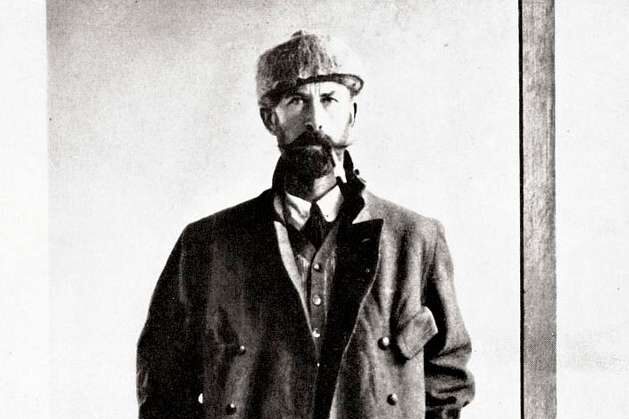
In the 1920s, British explorer Percy Fawcett set out into the Amazon with his son and a friend in search of a legendary lost city he called “Z.” He was convinced that deep within Brazil’s jungles lay the remains of a sophisticated ancient civilization. After years of planning and several expeditions, the trio vanished without a trace in 1925.
Their disappearance sparked countless rescue attempts, many of which ended in tragedy themselves. Some believed Fawcett was killed by hostile tribes, while others thought he chose to stay in the jungle after finding his city. Theories range from disease to starvation to capture, but no evidence has ever settled the case. To this day, “Z” and the fate of Fawcett remain one of exploration’s great mysteries.
2. Jean-François de Galaup, Comte de Lapérouse
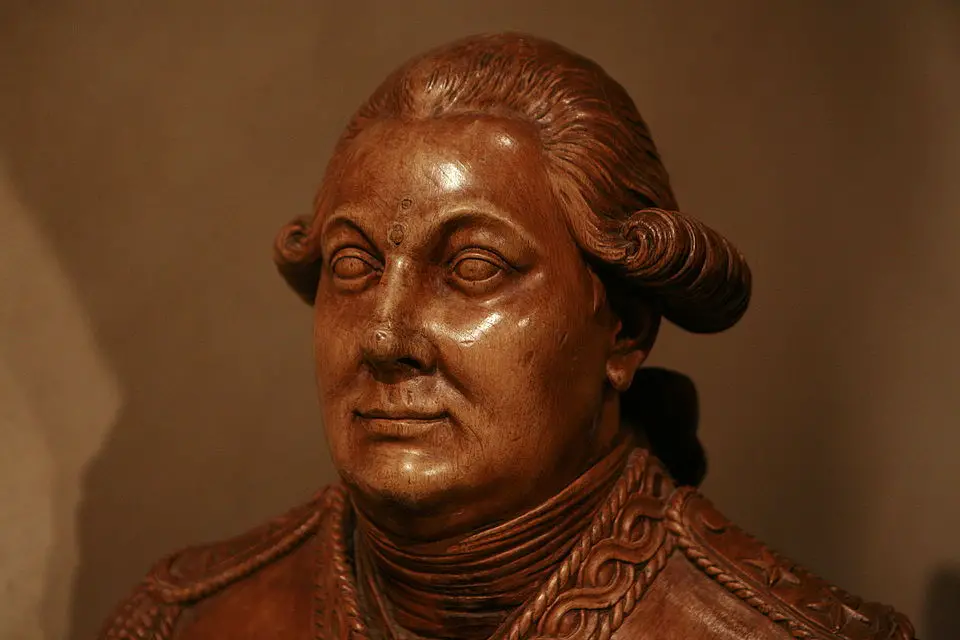
In 1785, King Louis XVI sent Lapérouse on an ambitious global voyage to chart unknown waters and expand French influence. For three years, he mapped coastlines, visited Alaska, Australia, and Japan, and kept meticulous records of his travels. Then, in 1788, he sailed from Australia—and was never seen again.
France waited for his return, but news never came. Decades later, wreckage was discovered in the South Pacific on Vanikoro Island, suggesting his ships were destroyed by reefs. Still, the fate of the survivors remains murky. Some accounts suggest islanders remembered strangers who lived among them for years, but no hard proof was ever found.
3. Amelia Earhart
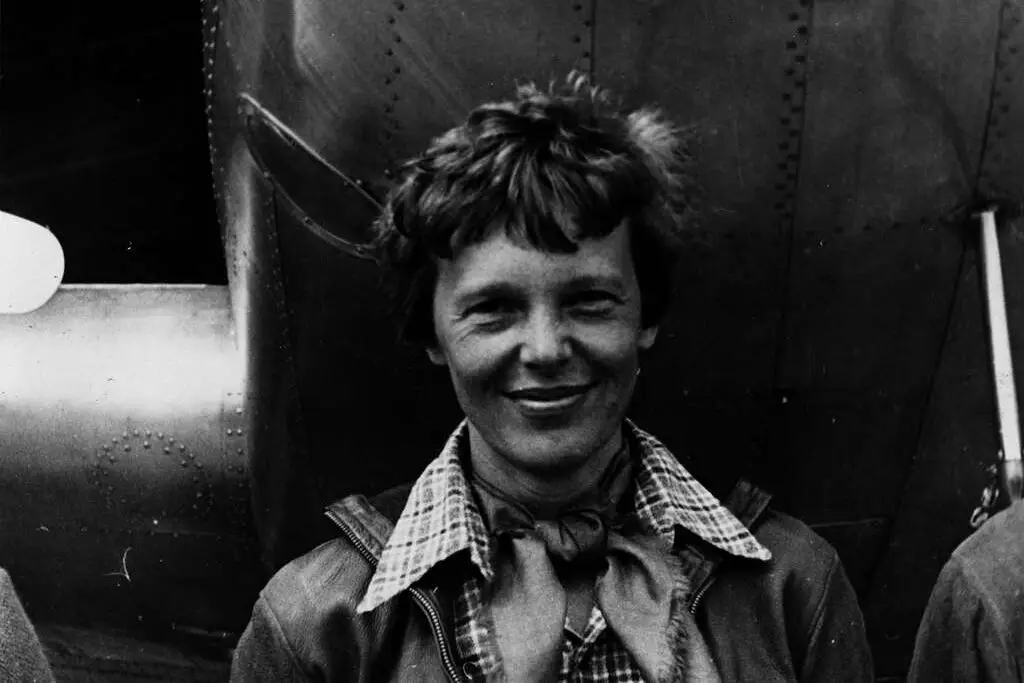
In 1937, Amelia Earhart, already a world-famous aviator, attempted to become the first woman to circumnavigate the globe by plane. She and her navigator, Fred Noonan, disappeared over the Pacific Ocean near Howland Island. Despite one of the largest search efforts in history, no confirmed trace of them was ever recovered.
Over the decades, theories have piled up. Some believe her plane simply ran out of fuel and sank. Others suggest she crash-landed on a remote atoll and died as a castaway. Conspiracy theories even say she was captured by the Japanese. Earhart’s disappearance continues to fascinate and frustrate historians and adventurers alike.
4. Gaspar Corte-Real
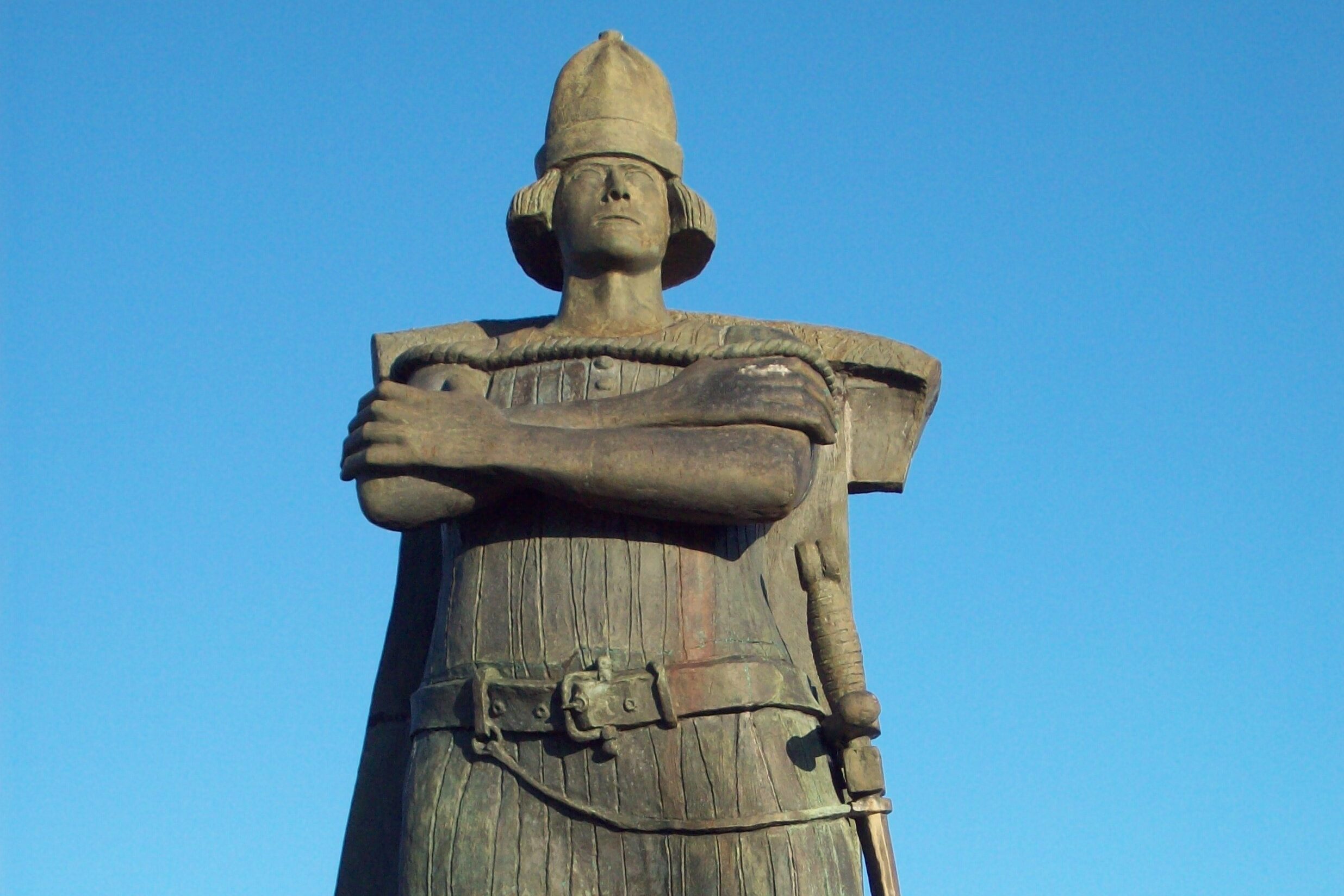
A Portuguese explorer of the early 1500s, Gaspar Corte-Real was part of the wave of European adventurers searching for new lands across the Atlantic. In 1501, he sailed to Greenland and Newfoundland with two ships, but only one vessel returned home. Gaspar’s ship was gone, with no word of survivors.
His brother, Miguel Corte-Real, later organized a mission to find him, but he too disappeared in the same region. The family’s double tragedy became legendary in Portugal. Whether they were lost to storms, ice, or conflict with Indigenous peoples, their exact fate has never been uncovered.
5. Henry Hudson
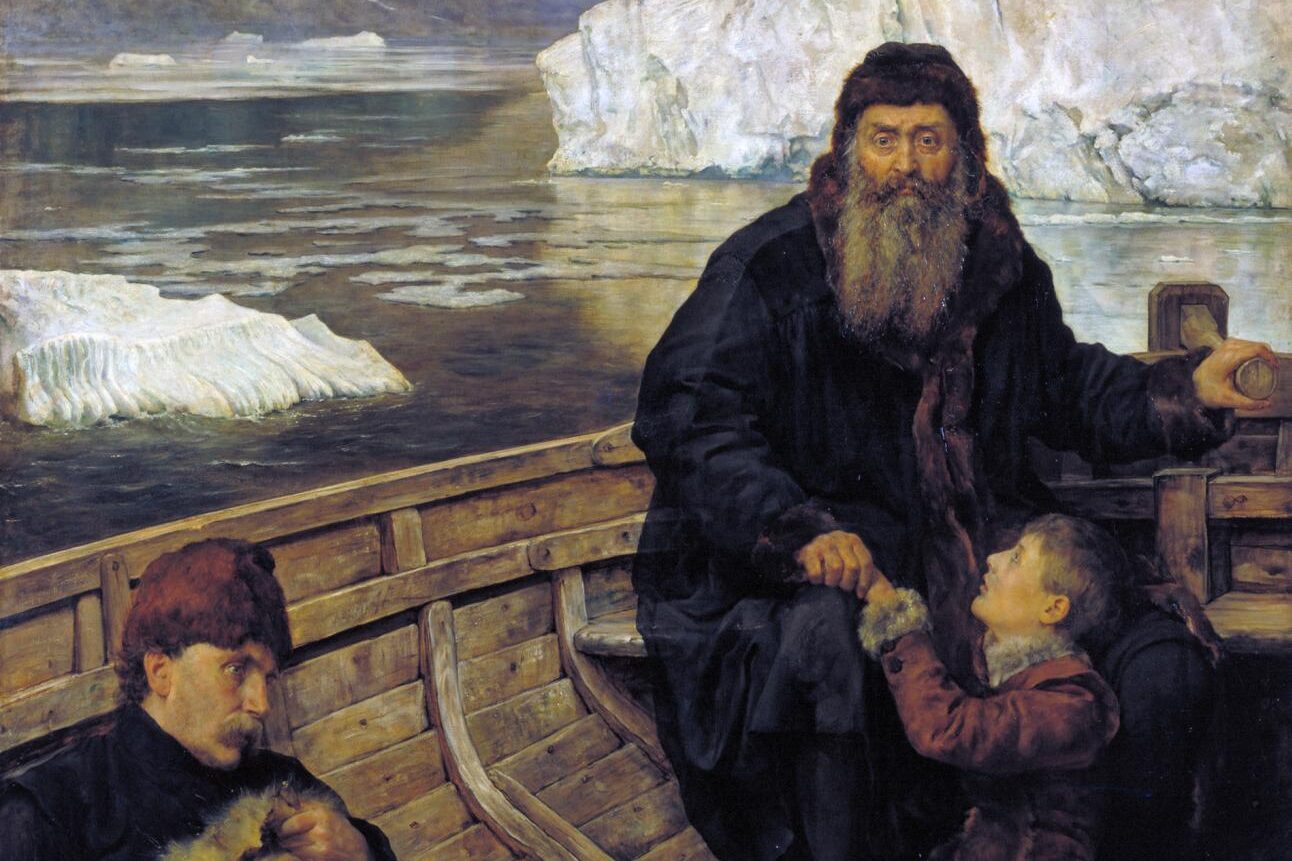
Henry Hudson is best remembered for exploring the waters around modern-day New York and Canada. But in 1610, while searching for the fabled Northwest Passage, his crew mutinied. After enduring a brutal winter in the Canadian Arctic, they set Hudson, his teenage son, and loyal crewmen adrift in a small boat.
No one ever saw them again. The Arctic swallowed them whole, with no evidence of their final days. Some believe they starved or froze, while others suggest they might have been taken in by Indigenous groups. The betrayal of Hudson remains one of the most chilling stories in exploration history.
6. René-Robert Cavelier, Sieur de La Salle
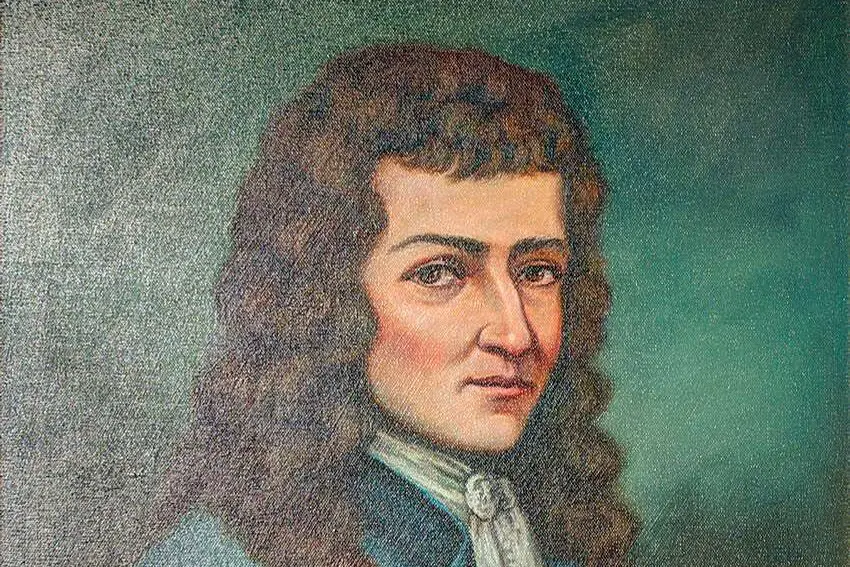
La Salle was a French explorer who played a major role in mapping the Great Lakes and claiming large parts of North America for France in the 1600s. Ambitious and often controversial, he dreamed of creating a French empire along the Mississippi River. In 1684, he launched an expedition to establish a colony at the river’s mouth, but his ships landed in Texas instead.
Struggling with starvation, mutiny, and poor planning, La Salle pressed on to find the Mississippi. In 1687, some of his own men ambushed him and shot him dead, but his body was never recovered. His disappearance left historians debating the exact circumstances of his death. What’s certain is that his dream of a French Mississippi colony ended in tragedy and mystery.
7. Ludwig Leichhardt
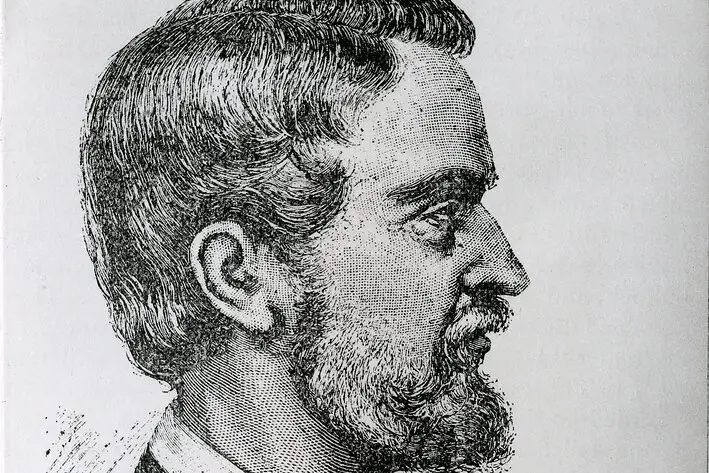
Known as “the Prince of Explorers,” Ludwig Leichhardt was a German naturalist who led several expeditions across Australia in the 1840s. In 1848, he set off with a small team to cross the continent from east to west, a staggering journey of over 2,000 miles. They vanished without a trace.
Despite years of searching, only scattered items—such as equipment and carved trees—were ever linked to his expedition. Australia’s harsh interior likely doomed them, but theories of attack or disease persist. Leichhardt’s disappearance haunted Australian history, inspiring poems, novels, and endless speculation.
8. John Cabot
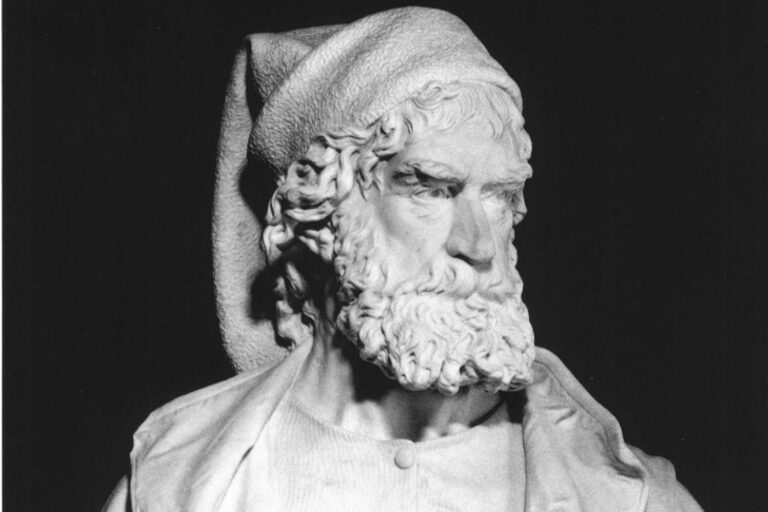
John Cabot, an Italian explorer sailing under the English flag, is credited with reaching North America in 1497—possibly Newfoundland. Buoyed by success, he launched a second voyage in 1498 with five ships. Only one returned, badly damaged, and there was no news of Cabot himself.
Some historians think he was lost in storms crossing the Atlantic. Others believe he reached North America but died there, possibly in conflict or from disease. His disappearance remains one of the great mysteries of the Age of Discovery, leaving his legacy overshadowed by questions.
9. Sir John Franklin
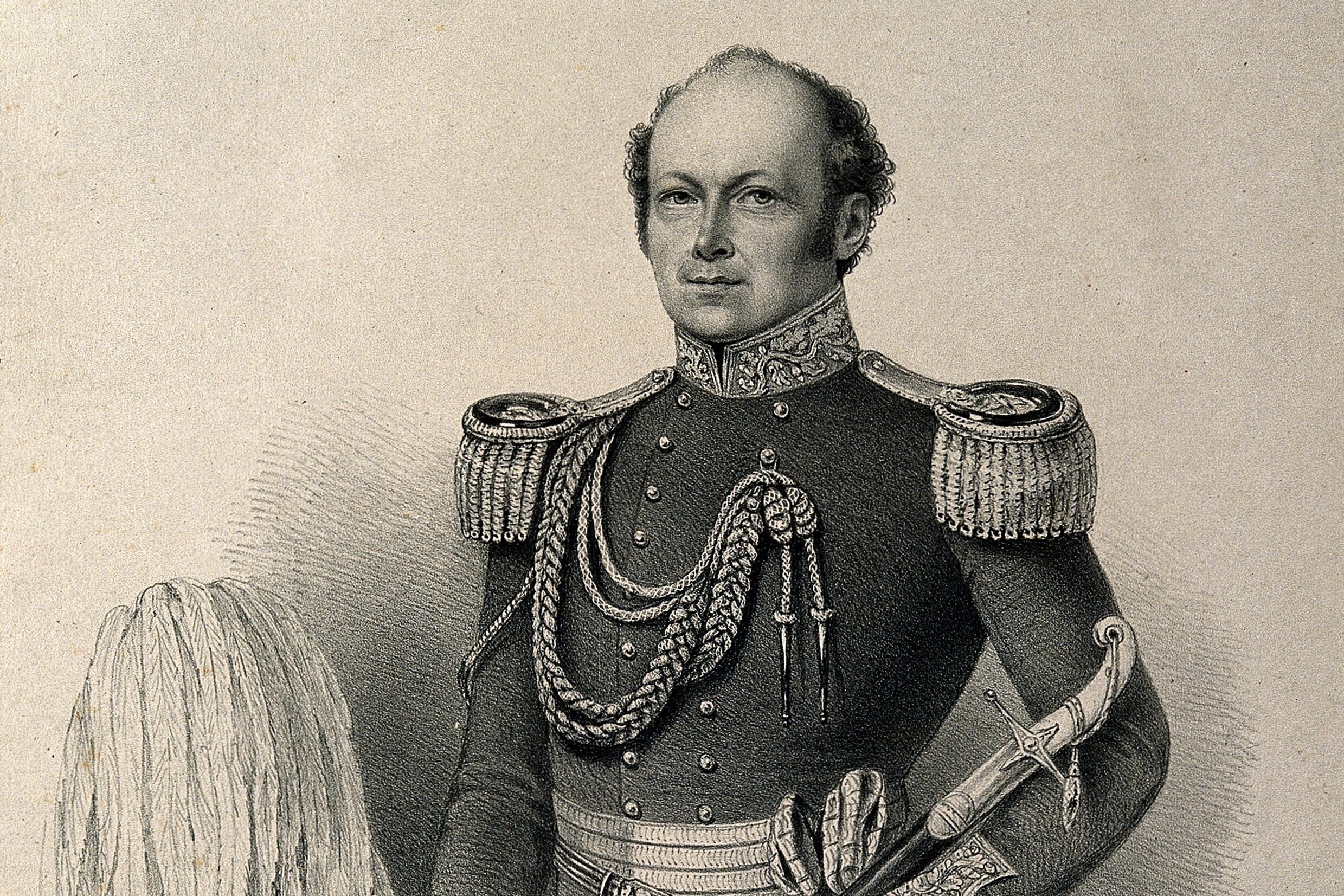
Franklin’s name is forever tied to one of history’s most haunting exploration stories. In 1845, he led two ships, HMS Erebus and HMS Terror, in search of the Northwest Passage. The ships became icebound, and none of the 129 men ever made it home.
For years, clues trickled in: messages in cairns, skeletons found on King William Island, and eerie reports of cannibalism. Recent discoveries of the wrecks have shed light on the tragedy, but Franklin himself was never found. His doomed expedition still captivates imaginations, blending courage, mystery, and horror.
10. Georg Wilhelm Steller
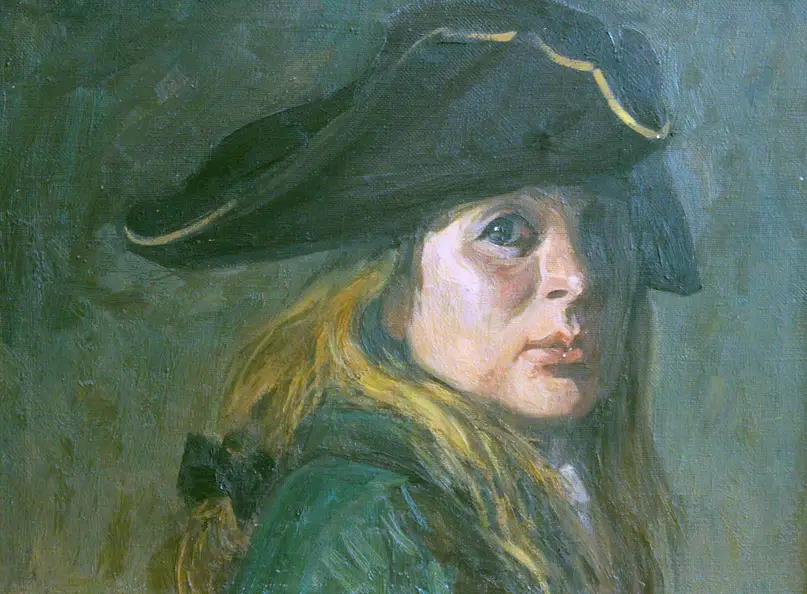
Steller, a German naturalist and explorer, was part of Vitus Bering’s expedition to Alaska in the 1740s. He was known for his sharp eye, documenting wildlife like the Steller’s sea cow, which was later named after him. On the return journey, however, Bering’s ship wrecked, and chaos followed.
Steller survived the initial ordeal but fell ill soon after. Though some records suggest he died on the return journey in Siberia, others claim his final days were uncertain and his body was never properly accounted for. The details of how and where he died remain clouded in mystery.
11. Colonel Percy Harrison Fawcett’s Son, Jack
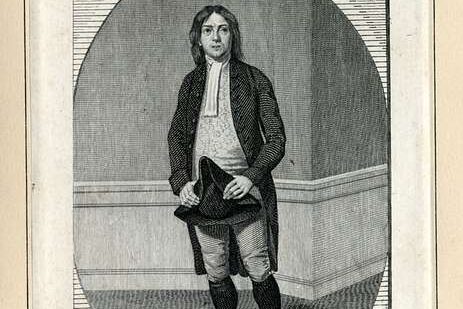
Though usually overshadowed by his famous father, Jack Fawcett deserves his own mention. At just 22, he joined his father on that ill-fated Amazon expedition in 1925. Unlike Percy, who had decades of experience, Jack was new to the jungle. Still, he threw himself into the adventure with youthful determination.
When the group disappeared, Jack’s fate was just as mysterious as his father’s. Some believe he may have been killed quickly in an ambush, while others think he might have suffered for months in the jungle. His story highlights the tragic family aspect of the Fawcett mystery.
12. Panfilo de Narváez
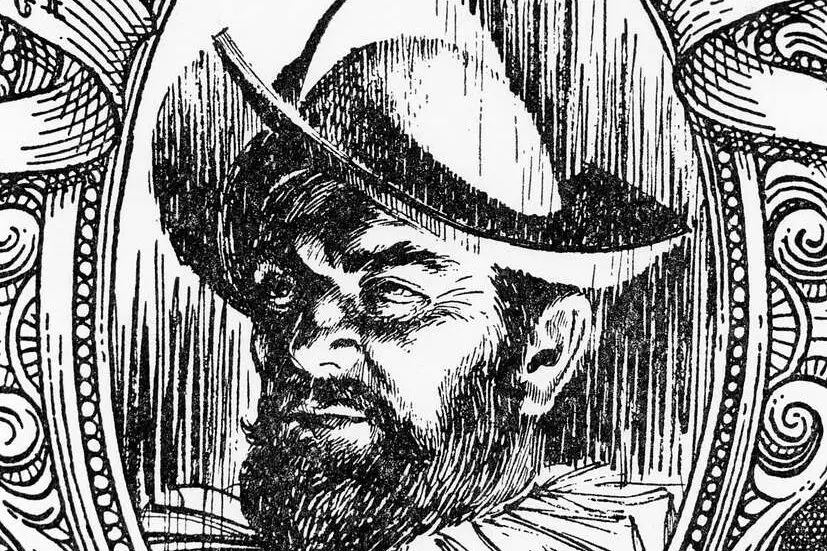
Narváez was a Spanish conquistador tasked with colonizing Florida in 1527. He led 600 men on a disastrous expedition filled with storms, disease, and attacks. Eventually, the survivors built makeshift rafts to escape, but most perished in the Gulf of Mexico.
Narváez himself disappeared during this desperate escape. No one knows if he drowned, starved, or washed ashore somewhere unknown. Only a handful of men from his massive expedition survived, and they could offer no details on their leader’s final moments. His disappearance marked yet another cautionary tale of the dangers of unchecked ambition.
